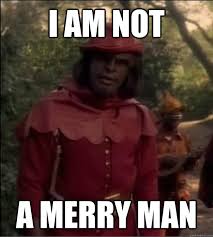West End Games, best known for its Star Wars licence, also produced some Star Trek games, including three solitaire games in a box as a tie-in licence to Star Trek III – Search for Spock. It has to be said that the games aren’t anything to do with that film, or with Star Trek: The Next Generation, these are firmly set in the universe of the original series.
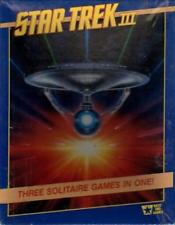
Designed by Greg Costikyan, John M. Ford and Doug Kaufman. The three games are “Free Enterpri$e”, “Kobiyashi Maru” and, the subject of this post “The Sherwood Syndrome”.
I guess that “Free Enterpri$e” is, in part, inspired by John M. Ford’s book “How much for just the Planet”, as both feature the Federation and Klingon Empire competing for planetary loyalty through commerce. I’ve not read the book, but I have read John M. Ford’s “The Final Reflection”, which I can heartily recommend “The Final Reflection” is a term from a Klingon game.
“Kobiyashi Maru” is the closest to a movie tie in, but that, is, of course, the second film, “Wrath of Khan”. Apropos of nothing, Julia Eckhar’s book “Kobiyashi Maru”, which will give you Kirk’s, Chekhov’s, Sulu’s and Scotty’s solution to that Kobiyashi Maru problem, as well as episodes from each’s life, is also worth a read.
So, onto “The Sherwood Syndrome”. It is a sad fact of life in the Federation that unsupervised Federation sociologists and nostalgia buffs will have adverse effects on planets. If it isn’t turning them into Nazi Germany then it’s Chicago in the Roaring 20s. In this case a rogue sociologist from the USS Archon is trying to boost the planet Syngreal version of King John into power over the barons and set himself up as the power behind the throne. Maybe given the name of the planet it is Mordred that is the model.
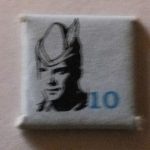
He has imprisoned all of the Archon’s crew, he thinks, and it is up to the Enterprise Bridge Crew, plus McCoy and Scotty, to free the prisoners and stop the takeover. The trouble is that the population is already wary of witchcraft, and, in a first for Kirk, he has decided to observe the Prime Directive, therefore use of Federation technology is discouraged. This makes the only logical decision is to don Lincoln Green and take to the Greenwood! The background for all this is contained in a short story by John M. Ford.
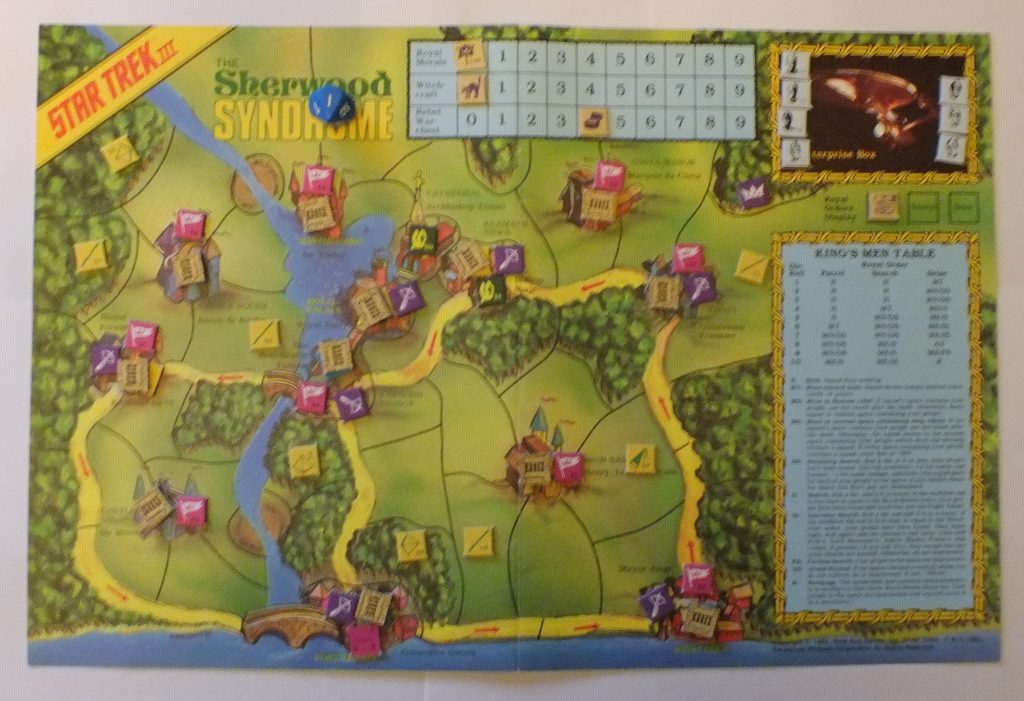
The board above shows the starting positions. The road with arrows is the path taken by the Royal Party. They will travel from city to city demanding fealty from towns, following the arrows. If they manage to gain fealty from all the towns then the Federation loses.
The Archon crew and 8 random neutral people drawn blind from a cup are placed in towns with an imprisoned marker. You are allowed to know, the colour, so crew or Syngrealian, but not the identity. Eight others are drawn at random from the cup, placed on the areas as you wish. That leaves others unused, so the game should be different each time.
There are office holders in each town and castle, and garrison troops in towns. All the people counters, except the Royal Party and the garrison troops, represent people, on the flip side there are numbers for how persuasive, useful in a fight or able to raise funds. If the character has a number on the picture side, then there is a paragraph in the rules giving information for that character and any special rules. E.g. Spock can add his persuasion score to another characters, the Mayor of a Town, if recruited, might be able to release any prisoner held in their town.
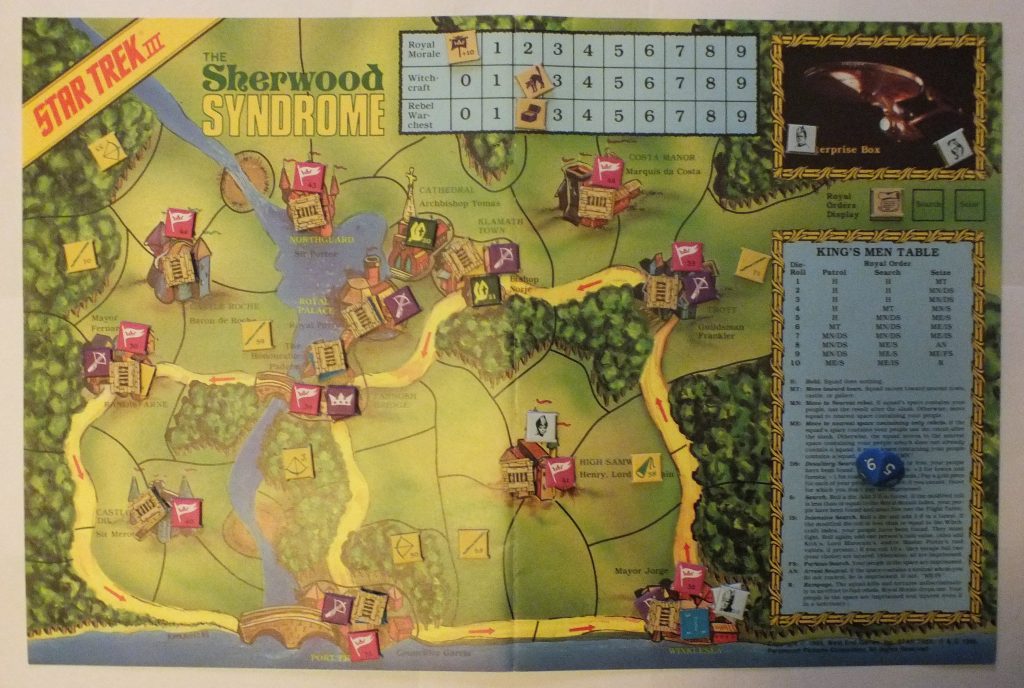
You need to keep track of the morale of the Royalist Party, the funds available to the Rebels and the how much of a Witchcraft scare there is. If Witchcraft ever reaches 10, then you automatically lose (this is noted under “Aiding the Poor”), so you need to keep that down. Using Federation technology, phasers, healing or the transporter will increase Witchcraft.
Royalist morale is uses as a modifier to the Royal Party gaining fealty of a town. As it starts at 10, then unless you can reduce it, all towns will swear fealt automatically and the Royalist will win in turn six.
You start with just the Enterprise crew and your aim is to recruit allies, and rescue prisoners. Other actions include move, rob from the rich (increases Warchest), give to the poor (reduce Witchcraft), heal injured characters, request Sanctuary and get horses.
The Warchest funds your groups on the planet, one per group per turn. If you have zero funds then recruited Syngrealians will start deserting you, and Enterprise crew will start getting injured. The Enterprise can supply you, but it will increase Witchcraft.
To and win you need to free the crew and any captured Enterprise crew, get a town in open rebellion and ensure Witchcraft is less than ten. To get a town in open rebellion means reducing Royalist morale by a lot. One of the problems is that you cannot directly reduce Royalist Morale, you can only get it as a side effect of recruiting certain characters or as a result of demanding money in castles, towns and the palace. If you reduce the morale enough that a town defies the King, that will accelerate the loss of morale.
All actions are resolved using a F10, with the “0” being a zero. For Federation/Rebel actions, high is good. When rolling for Royalist actions then low benefits the player. Most can be modified by spending gold or by the relevant ability of the character carrying out the action and any support from allies.
Meanwhile the King’s guards may home in on the rebels, seeking to capture them. Their initial orders are for a more lackadaisical “Patrol”, but can shift to a more aggressive “Search” then “Seize” as the game continues.
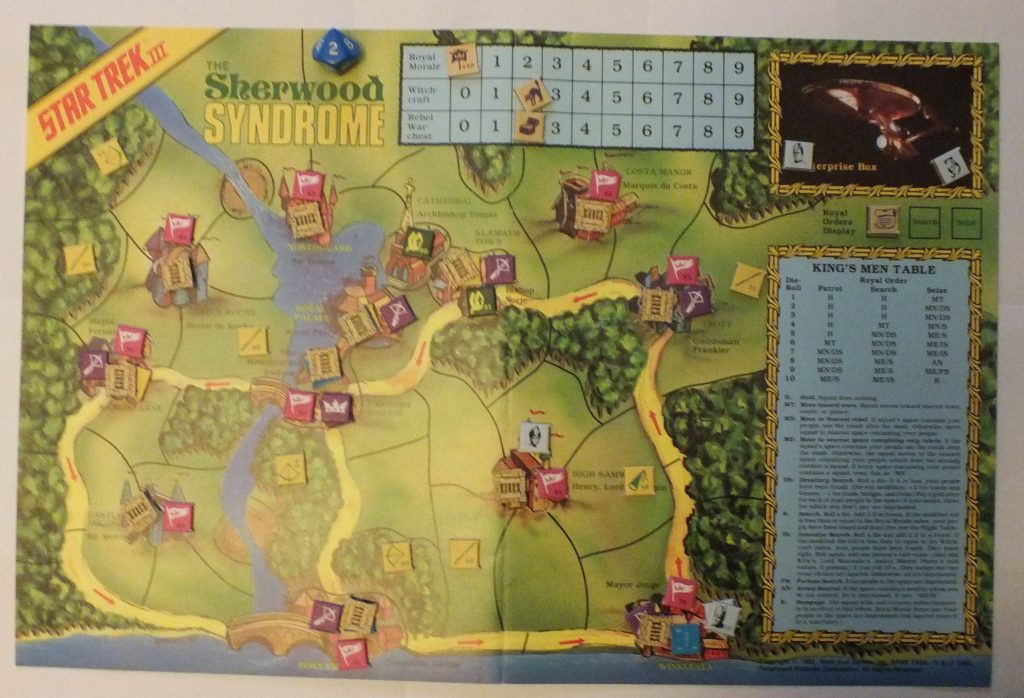
The game is more difficult than it might appear at first. You need to reduce Royalist morale enough that the Royal Party gets delayed, thus giving you more time to achieve your goals and get that town into rebellion, and that means recruiting Royalists and guards. The rules don’t say what happens when a Royal Guard is recruited, but, as one result for something else, can have the Guard removed, so I did that, as they don’t have any game stats so have no game effect on the rebel behalf.
While it can be a game with some fun stories with some of the characters you can recruit, and the actions you take, and the random draw of neutrals does make each game different, if the dice hate you then it can be frustrating. The Star Trek theme seems light, until you remember how often the original series did odd stuff like the “Roman Empire in the 20th Century”, “Vietnam allegory done hamfistedly”, “Gunfight at the OK Corral” then I think this “Robin Kirk and Little Spock” is just fine. This is well worth pulling out now and again for a bit of fun and frolics.
